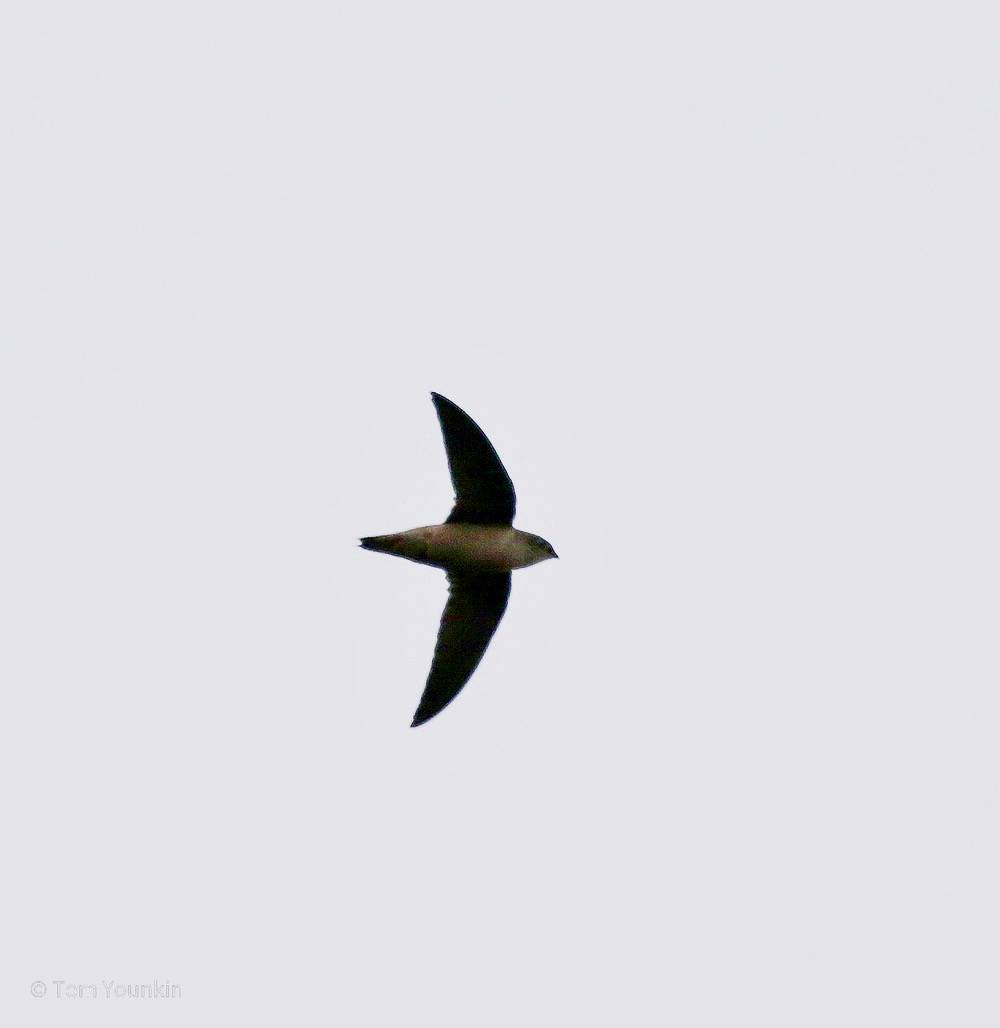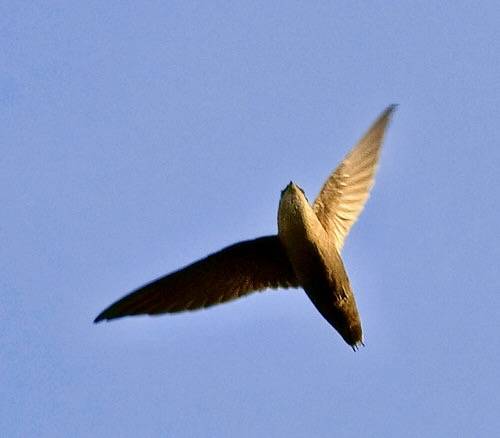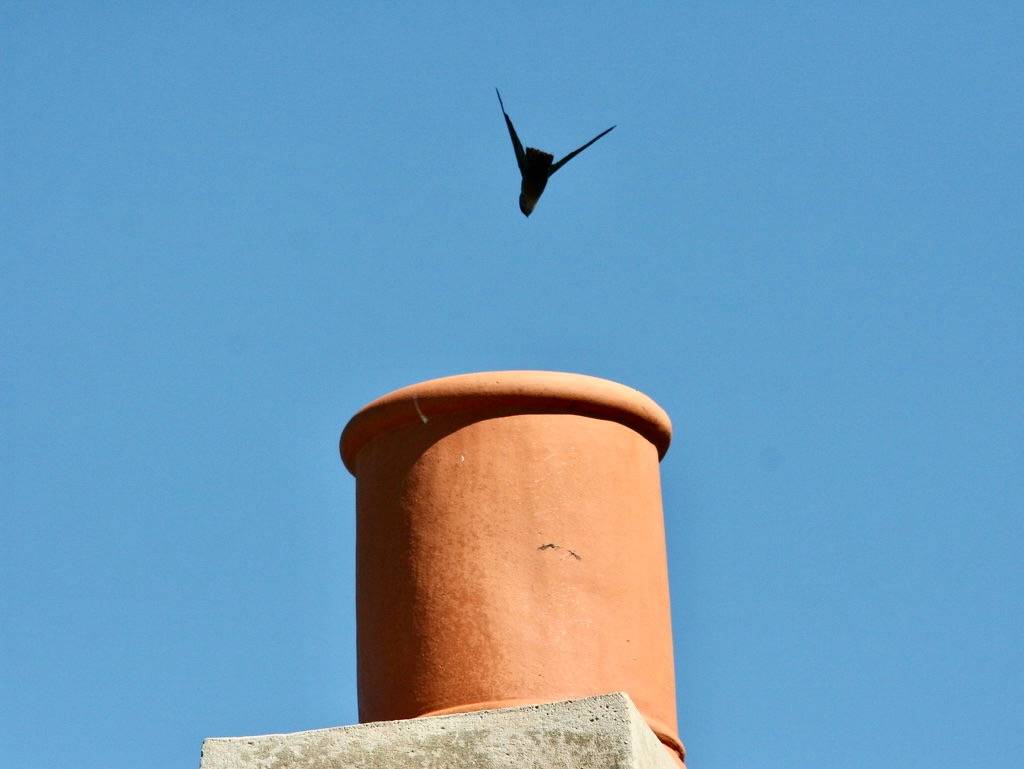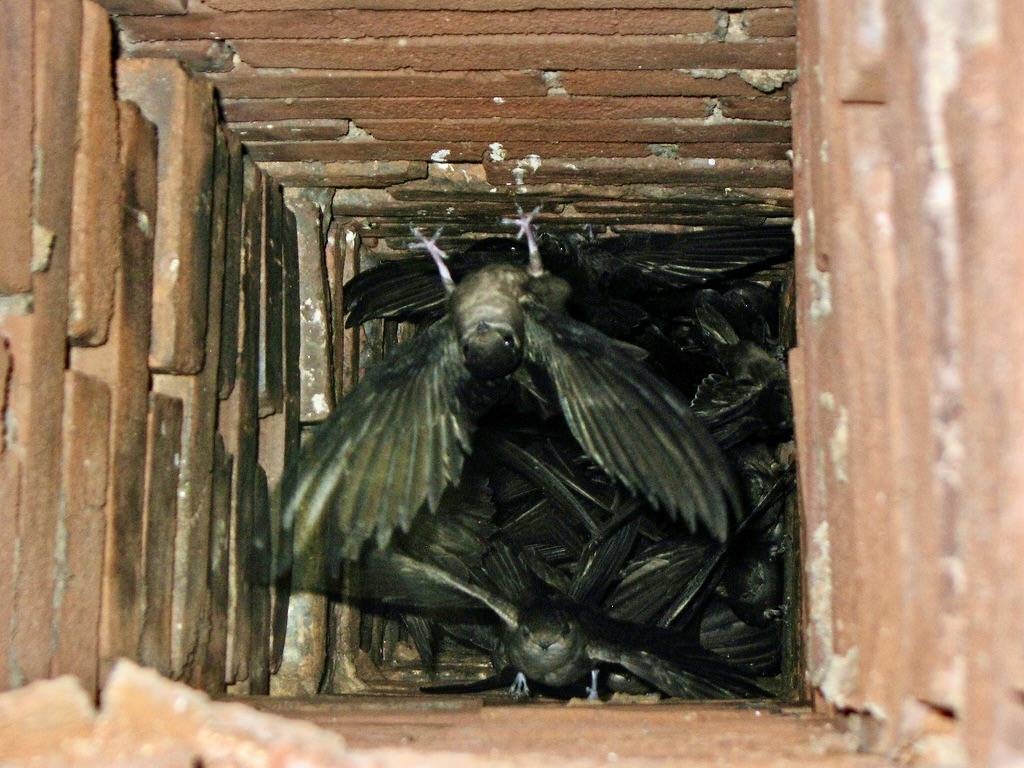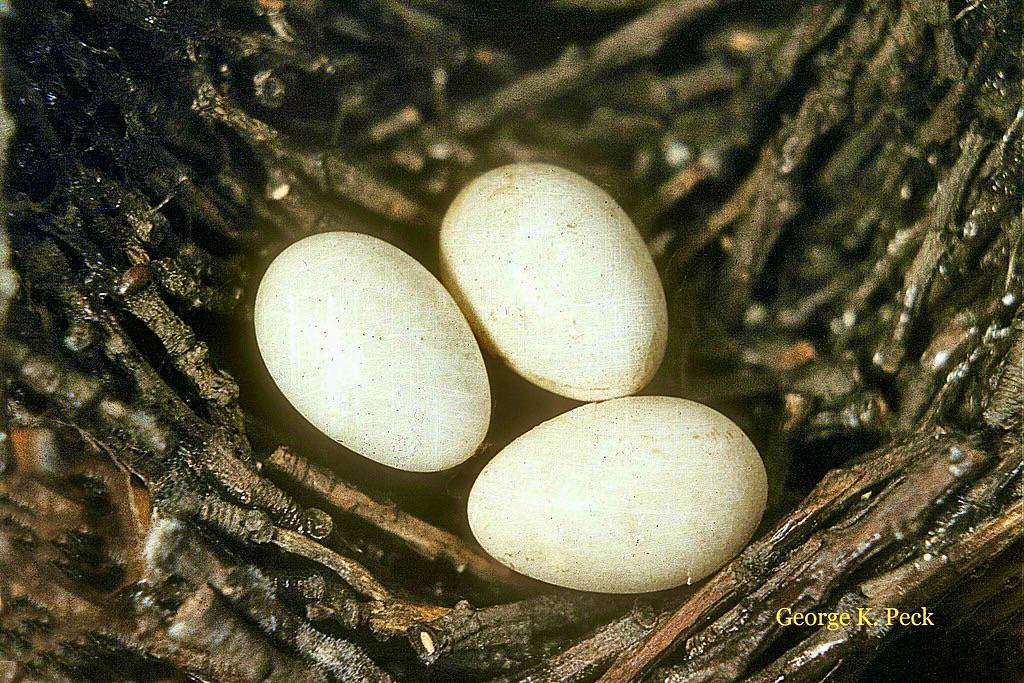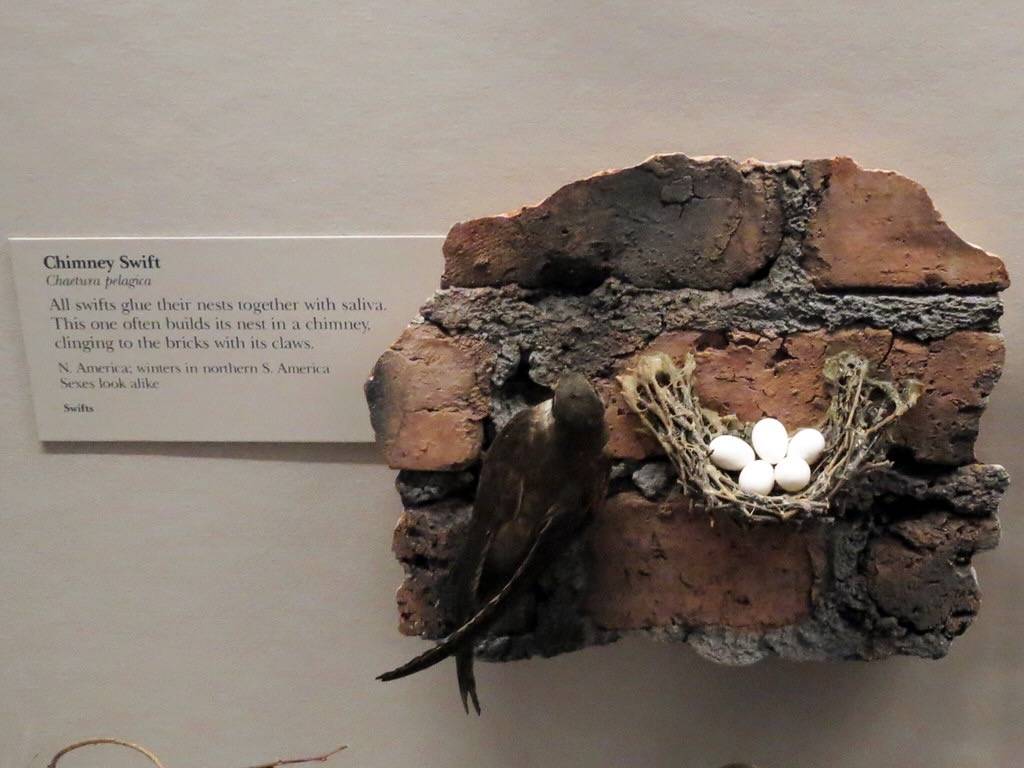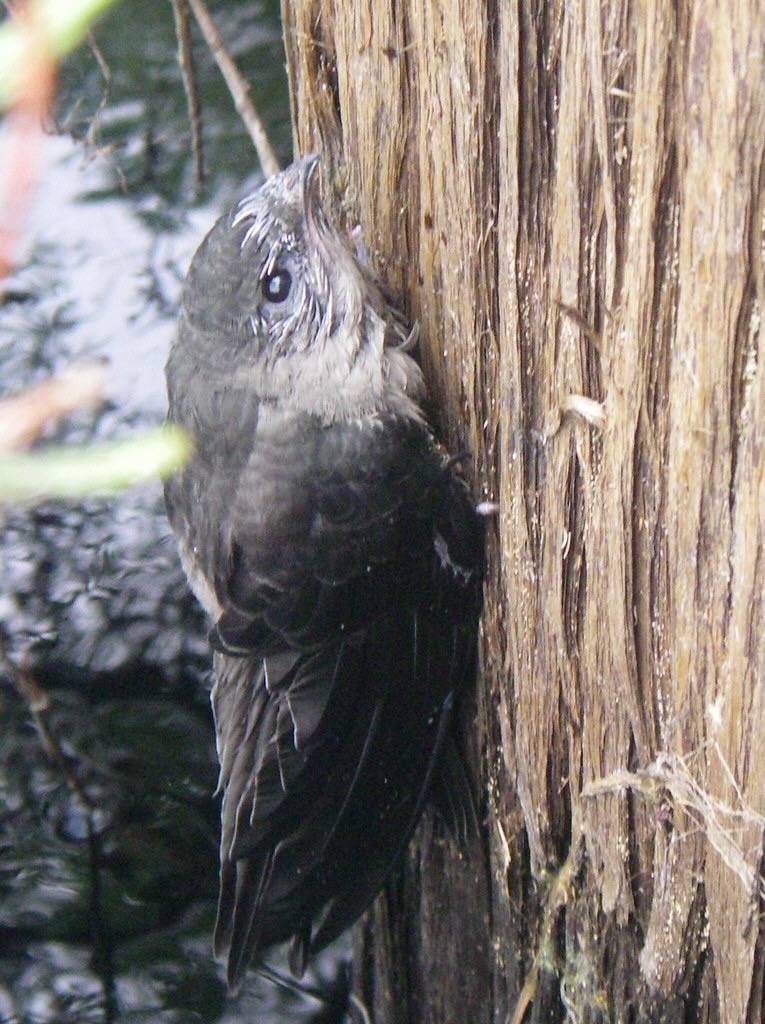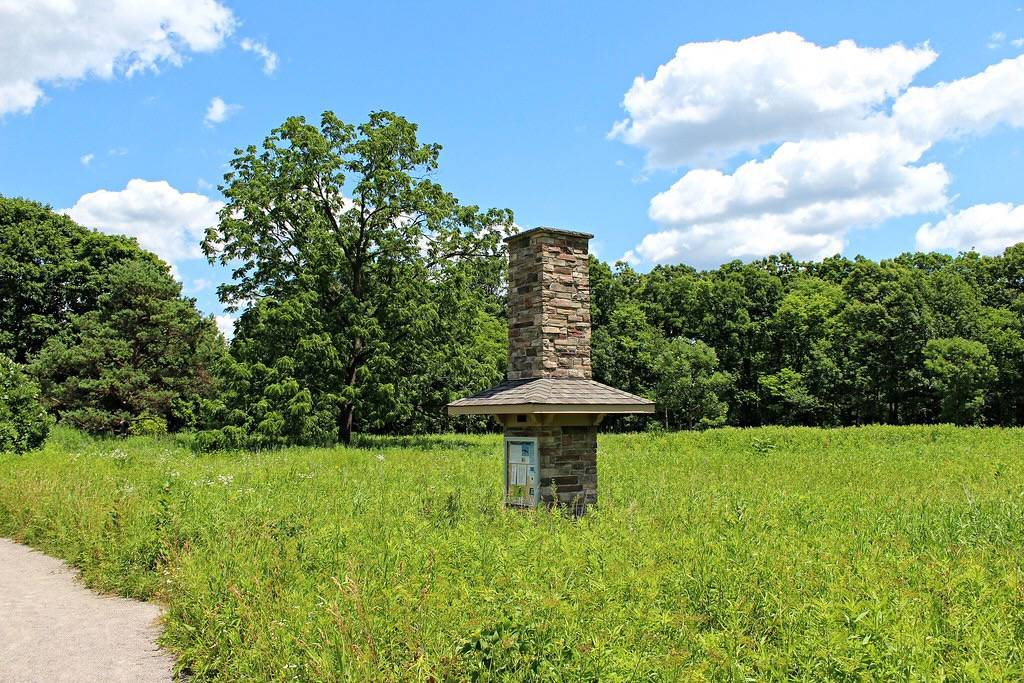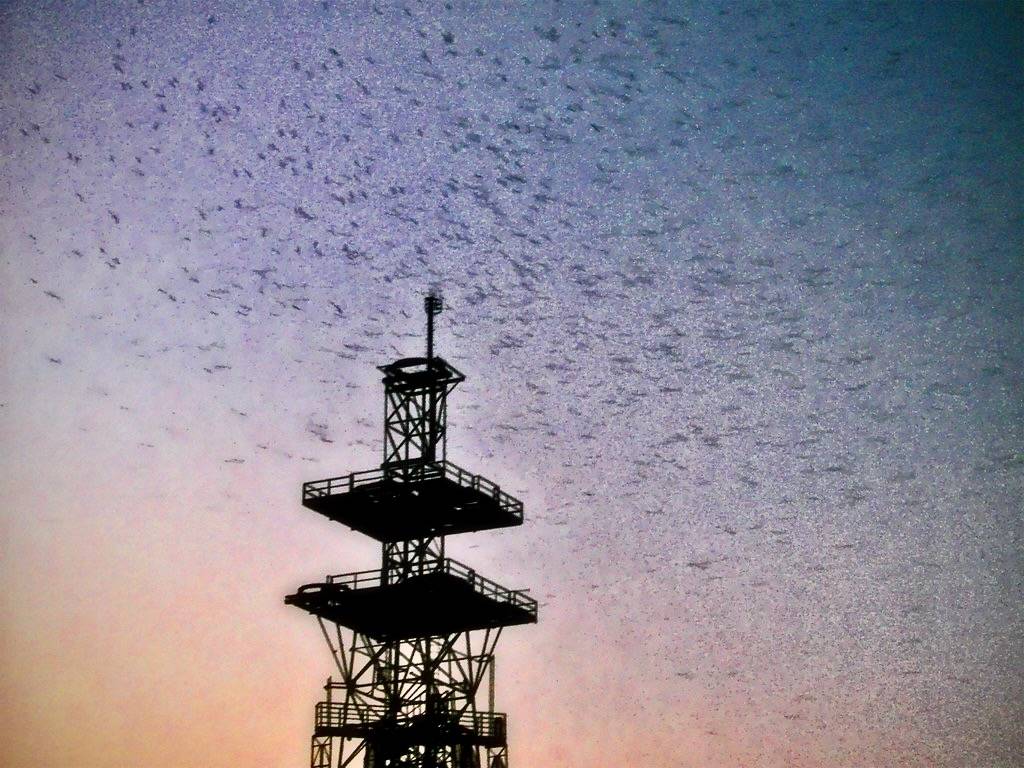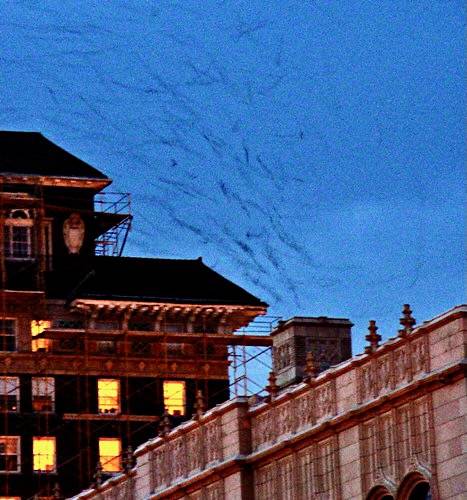Chimney Swift
During the summer months at Salter Grove, Chimney Swifts look like flying cigars as they catch flying insects and air-borne spiders above the parking lot, or over the water on both sides of the causeway. These birds only stop flying when they are roosting at night or while breeding. Their short legs and clawed toes work well for clinging onto vertical surfaces but are unsuited for perching.
The Chimney Swift breeds across the eastern half of the United States and southeastern Canada, and winters in northwestern South America. Its nest consists of sticks glued together with generous amounts of the bird's saliva and then attached onto a protected vertical surface.
Hollow trees were used as nest sites before chimneys, airshafts, and wells appeared with European settlers. The consequent population increase is now on the decline possibly due to the effects of pesticides on insect prey, and the capping of most chimneys. By law (Migratory Bird Treaty Act of 1918) a federally-issued permit is needed to remove either swifts or their nest from a chimney.

